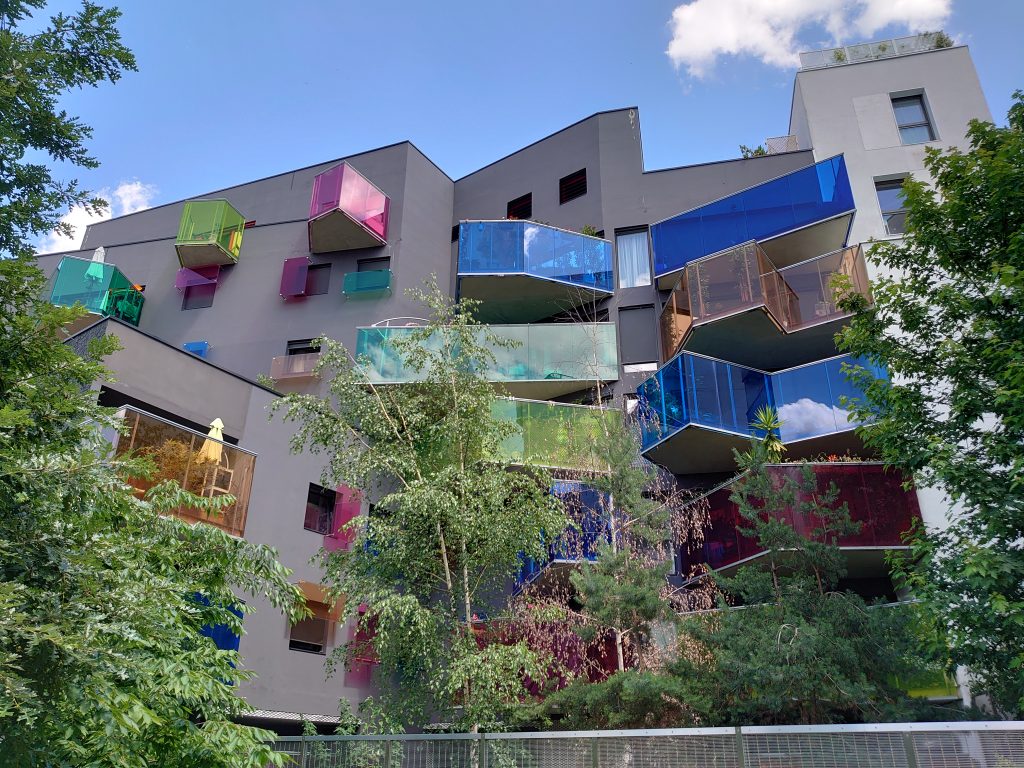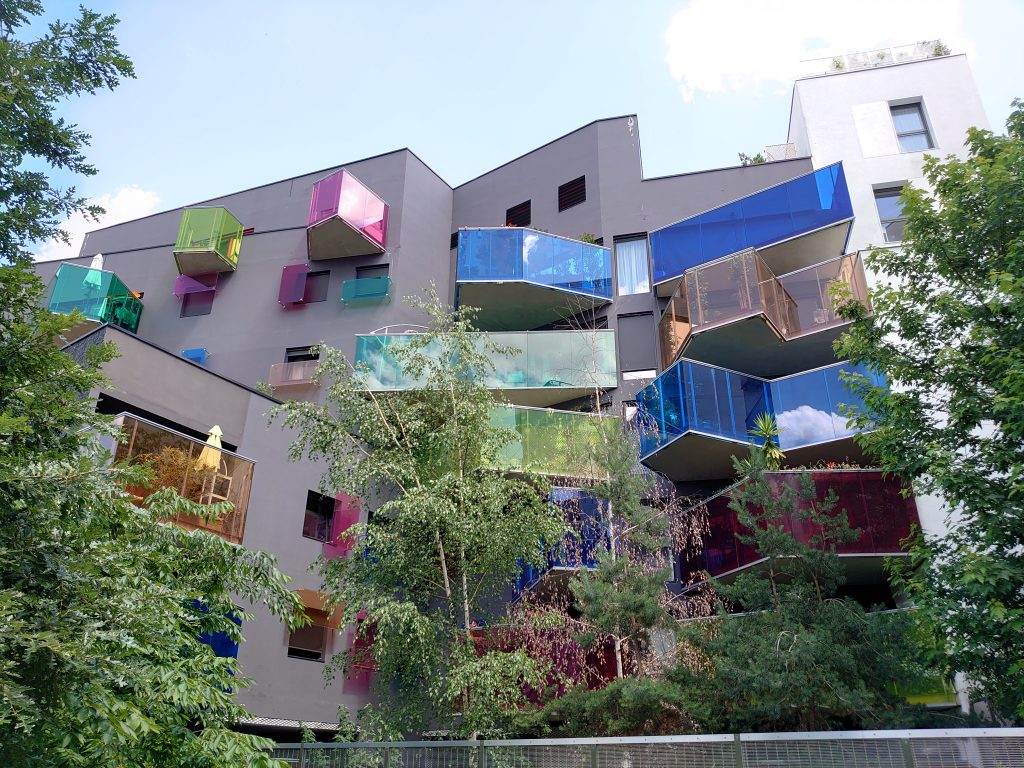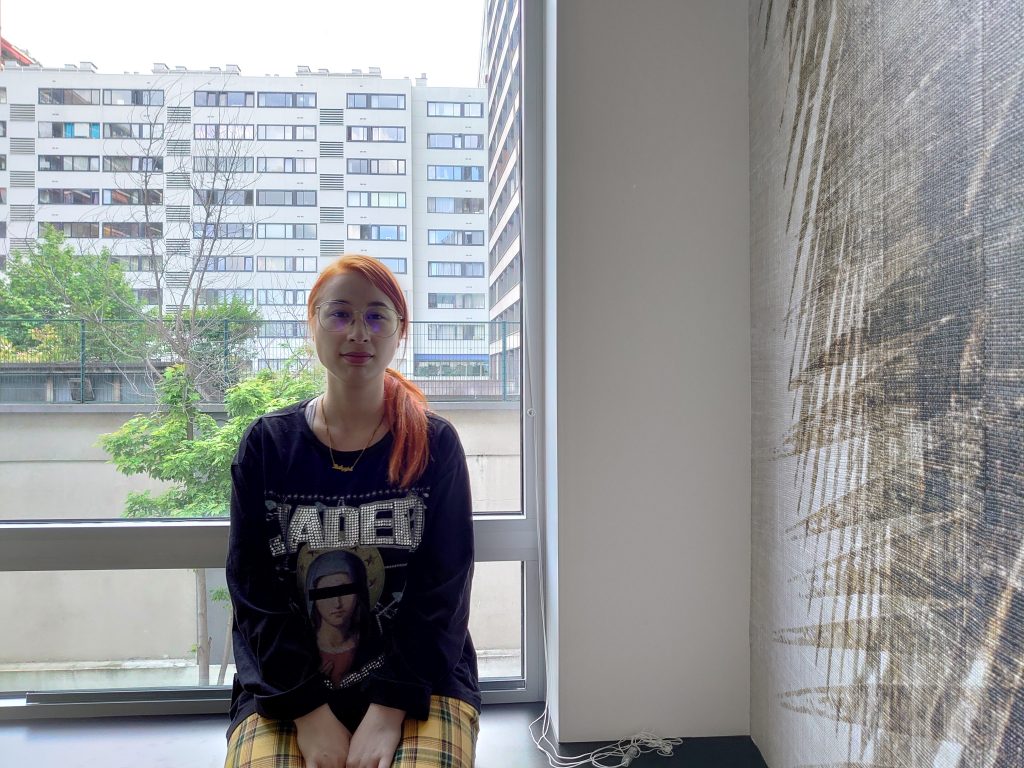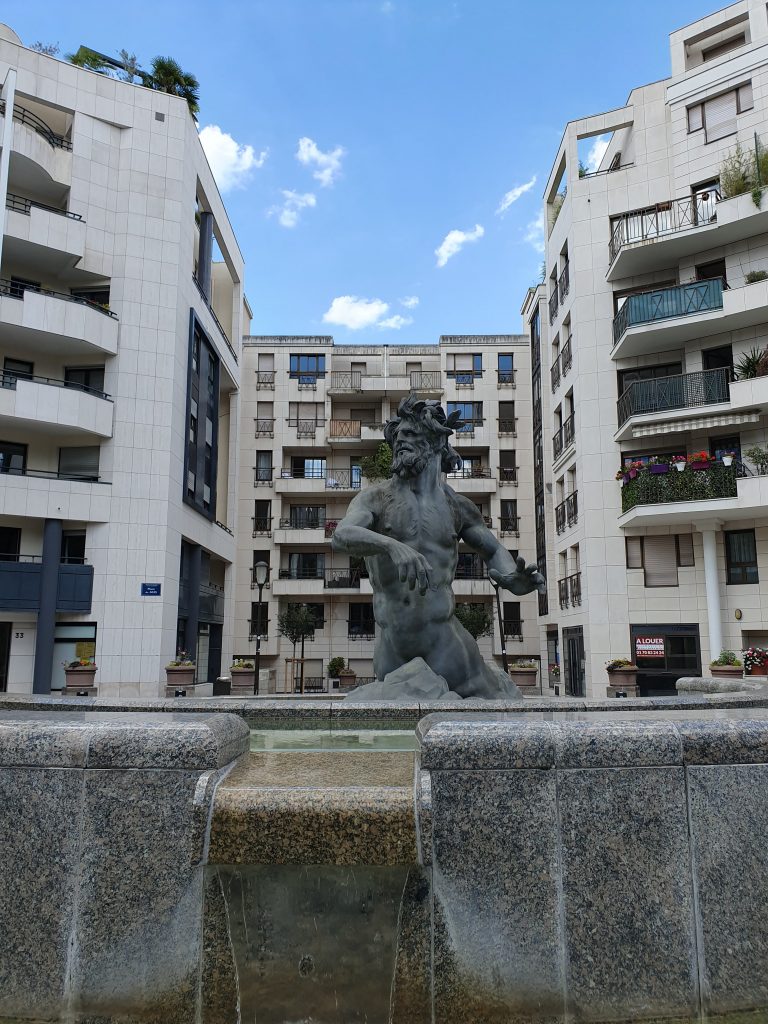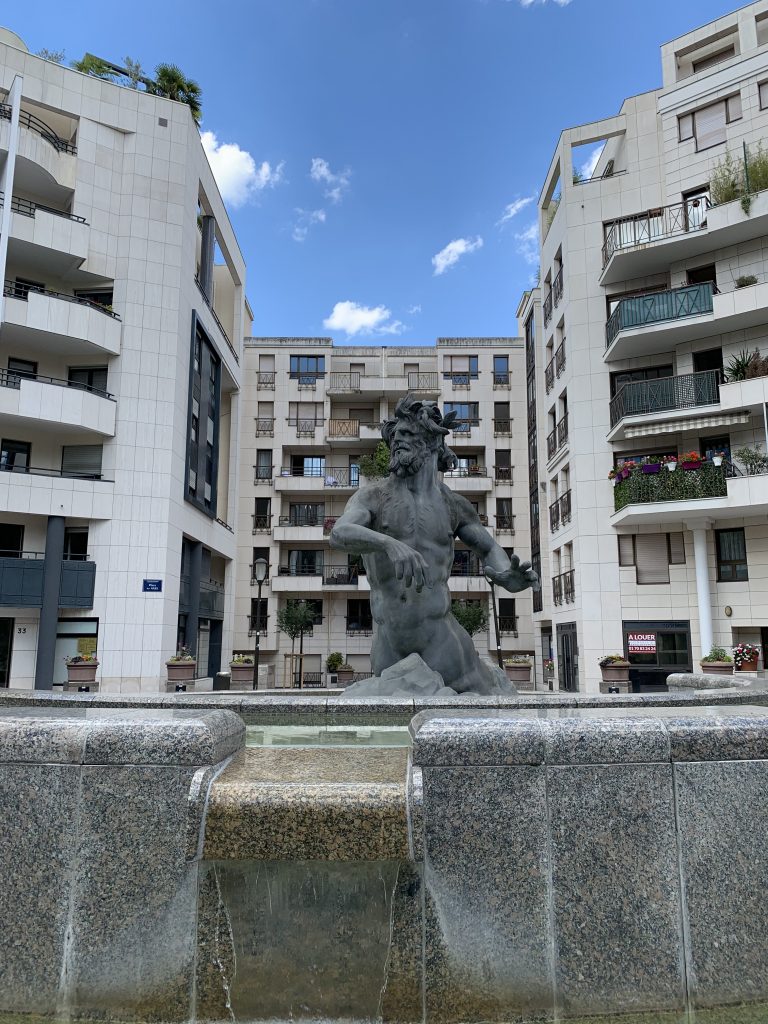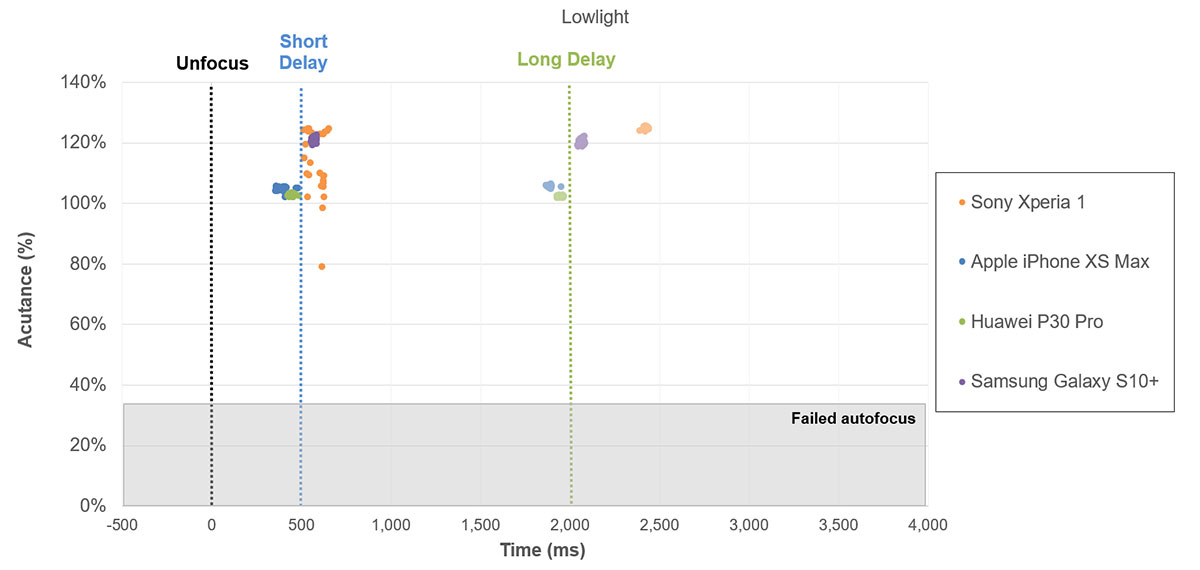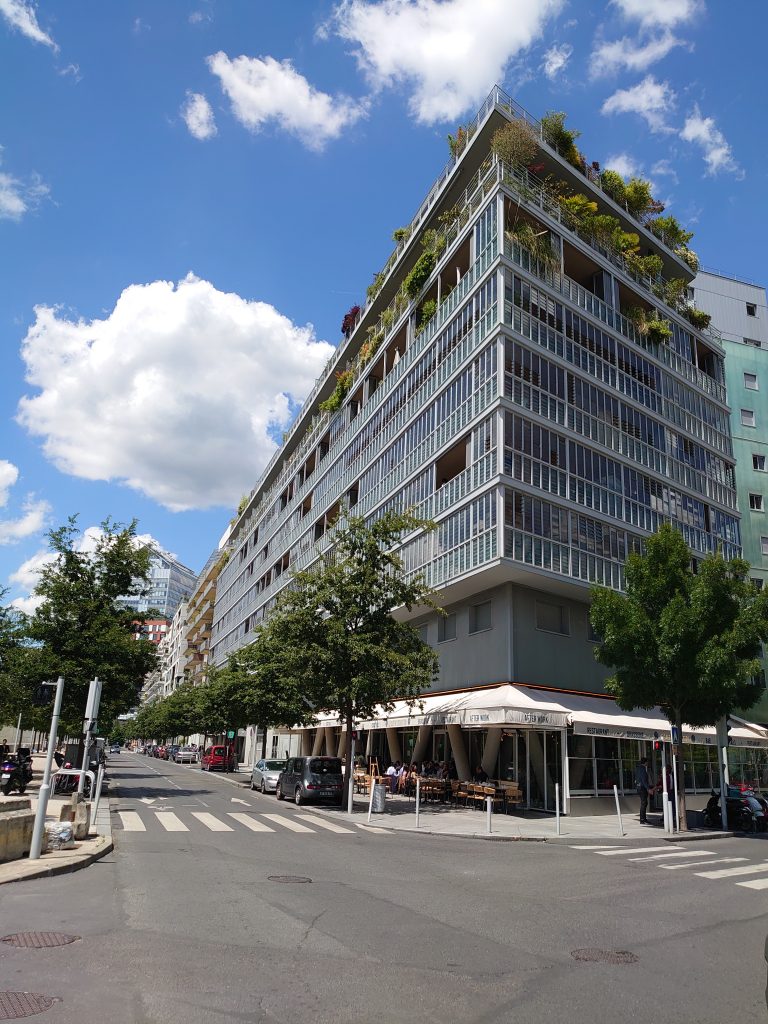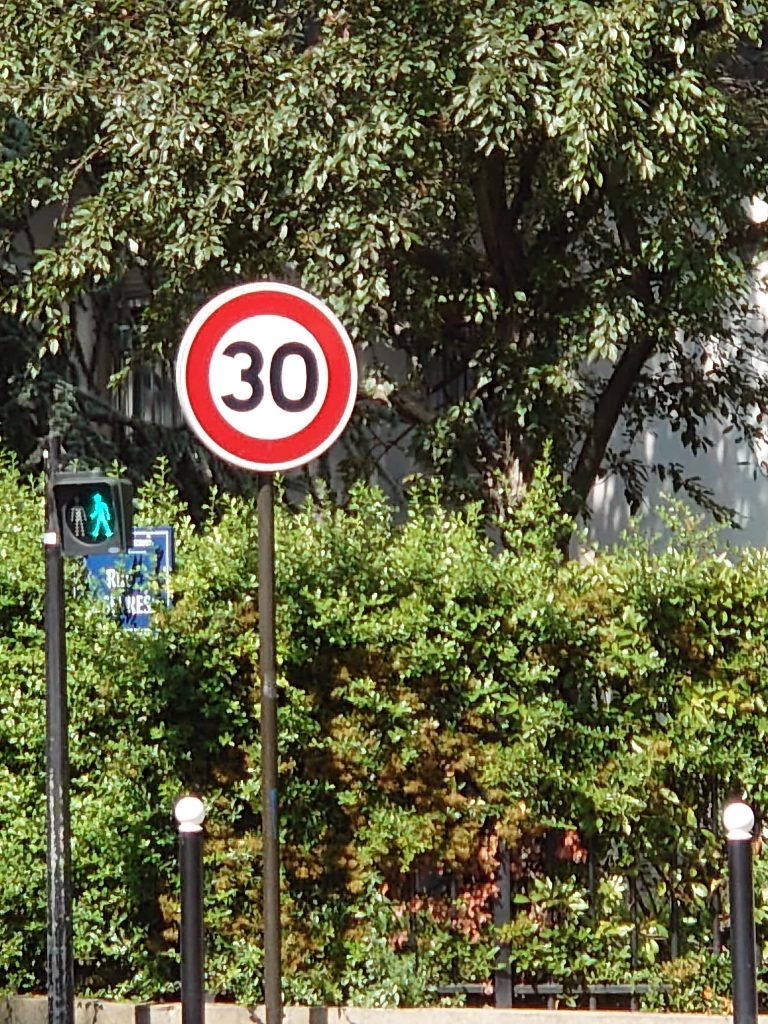Appearing on the market at the end of May 2019, the Sony Xperia 1 is the Japanese manufacturer’s flagship device and features a triple-lens camera, along with the world’s first 21:9 CinemaWide 4K HDR OLED display — an exciting development for people who want to watch stunningly hi-def movies on their smartphone. In addition, the phone packs a Qualcomm Snapdragon 855 chipset, 6GB of RAM, and 128GB of expandable storage. Read on to see if the Xperia 1’s top-of-the-line hardware translates into superior still and video image quality.
Key camera specifications:
- Triple camera
-
Primary: 12Mp 1/2.6″ sensor, 26mm-equivalent f/1.6 aperture lens, OIS, dual-pixel AF
- Ultra-wide: 12Mp 1/3.4″ sensor, 16mm-equivalent f/2.4 aperture lens
- Tele: 12Mp 1/3.4″ sensor, 52mm-equivalent f/2.4 aperture lens, OIS, PDAF
- LED flash
- 2160p (4K)/30fps video (1080p/30fps at default settings)
About DxOMark Mobile tests: For scoring and analysis in our smartphone camera reviews, DxOMark engineers capture and evaluate over 1500 test images and more than 2 hours of video both in controlled lab environments and in natural indoor and outdoor scenes, using the camera’s default settings. This article is designed to highlight the most important results of our testing. For more information about the DxOMark Mobile test protocol, click here. More details on how we score smartphone cameras are available here.
Test summary
 mobile
mobile
Despite being packed with cutting-edge camera hardware, the Sony Xperia 1’s camera performance is surprisingly not quite on par with its competitors’ flagship devices. Its overall score of 91 points is more than 20 points behind the current leader, the Samsung Galaxy Note 10+ 5 (113 points), and more in line with some older devices such as the Apple iPhone 8 (92), and with mid-rangers such as the Xiaomi Pocophone (91).
The Xperia 1’s imaging performance is attributable to a number of factors, starting with exposure and contrast. First and foremost, as shown in the two Xperia 1 photos below, the HDR feature doesn’t always trigger outdoors; even when it does, as in the left-hand example, the scenes are often slightly underexposed even in bright light.
The Xperia 1’s indoor photos do not fare any better in terms of underexposure. The Sony renders the indoor scene below noticeably darker than the competing devices from Huawei and Apple.
However, looking at the sample shots from our backlit portrait test, you can see that neither the Huawei nor the Samsung smartphones exposed the subject’s face any better than the Sony did. The Samsung captures a touch more background detail, but in turn underexposes the subject quite severely. The subject’s face is also darker in the Huawei image than in the Sony image, with only marginal gains in terms of background detail.
Happily, the camera renders colors fairly well in most shooting conditions, with vibrant and pleasant hues; further, we found no evidence of any color shading in our tests, which is a big plus, though we did see the occasional unrealistic color rendering. The Xperia 1’s white balance is quite good, although it tends toward pink in some outdoor scenes, which is particularly noticeable when compared to shots from Samsung and Apple flagships in the examples below.
On the positive side, still-image autofocus is a real strength for the Xperia 1 — it is fast, accurate, and repeatable at all tested light levels, including low light of 20 lux, and at both short and long defocusing intervals.
The Sony Xperia 1 does a pretty good job with the texture-vs-noise tradeoff. It manages noise fairly well, particularly in areas of uniform color, such as the sky, as shown in the left-hand image crop; moreover, it preserves detail quite well outdoors, although it loses some details in low-contrast areas, as shown in the right-hand image crop.
Its Artifacts sub-score dragged down the Xperia 1’s overall Photo score by several points. From a viewer’s point of view, the astonishingly strong halo effect (as seen next to the model’s face in the example below) is probably the most noticeable and distracting artifact.
Other artifacts also had an impact on image quality, including ringing and vignetting, along with maze and moiré artifacts. But more significant was the loss of acutance in the field (when details toward the edges are less sharp than those in the center of the image) and noisy edges, as shown in the examples below.
The Xperia 1’s flash performance is way below that of other flagships, even older ones, and behind quite a few mid-range devices. Without additional lighting, exposure is low and fall-off is visible; color shading is strongly visible; when mixed with 5 lux tungsten light, white balance turns a bit yellow, and there are slight exposure variations between consecutive shots. Finally, all portrait shots show a noticeable red-eye effect.
Zoom images from the Sony Xperia 1 have a tendency to both smooth out details and increase noise, and this is particularly true when digital zoom kicks in, as shown in the ~5x comparison shots below. Thanks to its longer optical zoom, the Huawei captures much better detail at longer zoom ranges.
The difference is quite visible at shorter zoom distances as well, though. Even when relying on its ~2x optical zoom, the Xperia 1 resolves far fewer details than the Huawei P30 Pro.
Our testers also found some problems with visible aliasing and maze in zoom shots, as shown below:
The Sony Xperia 1’s bokeh mode is capable of capturing pleasant results, but the somewhat unnatural rendering of bokeh spotlights and the fact that foreground objects are not blurred at all can lead to a slightly unnatural look overall. Further, subject isolation could be better. In the left-hand example below, the Xperia 1 nicely blurs the plants behind the subject; however, it does not apply equal blur to the plants behind the fence on which the subject is resting his hand. In the right-hand shot, only some of the blinds in the background are blurred. Ringing is also visible along high-contrast edges.
Another issue with bokeh is noise non-uniformity between sharp and blurry areas, as shown in the crop below. Noise is clearly visible in sharp areas but has been blurred in the simulated out-of-focus areas, making for a somewhat unnatural effect.
At 84 points, the Xperia 1 delivers a decent video performance, but like for Photo, is not on par with the best devices in its class. While its exposure adaptation is pretty good and the temporal aspect of color is also well-managed (making for smooth transitions), its videos show limited dynamic range, with skies that are always blown out, along with some ringing… and its scores in the corresponding categories reflect all of that. One video sub-score in particular, however — that for texture — is significantly lower than all the others, and as the graph below shows, the Sony records lower levels of video texture than the competition across all light levels.
The low levels of detail, even in bright light, are also visible in the video still below. Smearing of fine detail is particularly evident in areas of low contrast.
Viewers can generally overlook some fuzzy details and color irregularities, but frequent and unnecessary refocusing makes for an unpleasant viewing experience, and that is unfortunately what we found with the Sony Xperia 1’s videos as well. There is also a frequent distracting judder effect when panning, but on the plus side, stabilization works quite efficiently for both walking movement and when holding the camera still while recording.
Conclusion
The Xperia 1 comes with a few pretty unique movie features, including a 21:9 aspect ratio, 24fps recording, and color management presets, which were not assessed under our test protocol. If you think those features could help lift your mobile videography to the next level, the Xperia 1 might well be worth a closer look.
That said, the Sony Xperia 1’s image quality performance is surprisingly on par only with older or less expensive smartphones, demonstrating that camera software must be also be carefully tuned in order to optimize hardware performance and successfully compete in the high-end smartphone market.
Photo pros
- Autofocus is fast and accurate in most tested scenes
- Good low-light color rendering
- Good target exposure in low light
Video pros
- Exposure adaptation is quite smooth
- Stabilization is efficient
- White balance is accurate in most tested conditions
Photo cons
- Some scenes are underexposed both outdoors and indoors
- HDR sometimes fails to trigger
- Several noticeable artifacts, including halos and noisy edges
- Strong loss of sharpness towards the edges of the frame
- Texture-rendering irregularities
- Strongly visible red-eye effect when using flash
Video cons
- Frequent unnecessary refocusing
- Limited dynamic range
- Details are lost in most tested scenes
- Noticeable ringing and judder effect
The post Sony Xperia 1 camera review appeared first on DxOMark.
